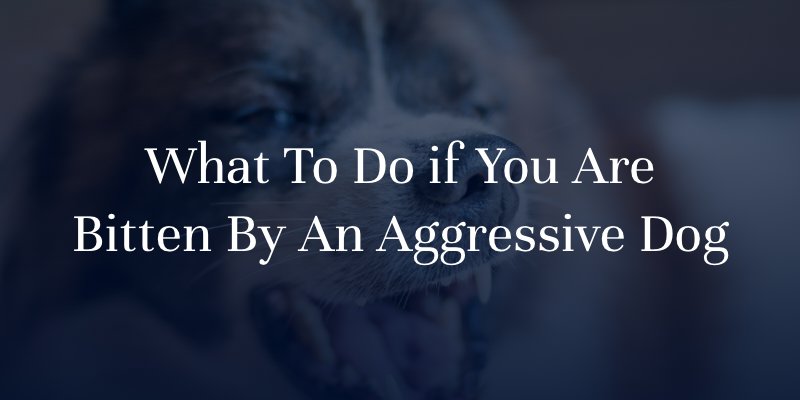Dogs are often referred to as man’s best friend, and for good reason. They offer companionship and loyalty, and can even serve as protectors in some situations. However, just as with humans, dogs can communicate a wide range of emotions, including aggression.
For dog owners, understanding these behavioral signals is vital. Recognizing the early signs of aggression can make a significant difference in avoiding an unpleasant situation.
Behavior #1: Raised Hackles
When a dog’s hair stands up along its back and neck, it’s known as raised hackles. This is often a clear sign of heightened arousal in response fear, aggression, or excitement. While raised hackles doesn’t always signify aggression or an intent to bite, it’s essential to be cautious around the animal and avoid provoking it as much as possible.
Behavior #2: Growling or Snarling
Growling and snarling are audible warnings from a dog. When an animal makes these sounds, it’s a clear sign that it is uncomfortable or feels threatened. It’s crucial never to punish a dog for growling, as it’s their way of communicating discomfort. Instead, try to identify the cause of the animal’s distress.
Behavior #3: Baring Teeth
A dog that shows its teeth is giving a clear visual signal. This display, especially when combined with growling or a stiff body posture, is a warning that the dog may bite if provoked further. If you notice that a dog is baring its teeth, do not approach it—give the animal some space and, if possible, leave the area.
Behavior #4: Stiff Body Posture
A relaxed dog will have a loose body posture In contrast, a dog that feels threatened or aggressive will often exhibit a stiff and rigid stance. They may lean forward slightly, ready to react, and their tail might be raised and stiff, not wagging freely.
Behavior #5: Intense Stare
When a dog gives a hard, fixed stare, especially at another animal or person, it can be a sign of impending aggression. This intense focus suggests that the dog is honing in on a target and might act out if not interrupted.
Behavior #6: Snapping or Lunging
A dog that snaps the air or lunges without making contact is providing a very direct warning. It’s a dog’s way of saying they will bite if necessary. If a dog exhibits this behavior, it’s crucial to put some space between yourself and the animal and avoid further provoking it.

What to Do If You Are Bitten by an Aggressive Dog
In the unfortunate event that you’re bitten by a dog, it’s essential to stay calm and seek help as soon as possible. Safely distance yourself from the dog and seek medical attention, even if the wound appears minor. Dog bites can carry bacteria and might lead to infections if not treated promptly.
Document the incident, noting the dog’s appearance, any identifying tags or collars, and the location of the bite. If possible, gather contact details of the dog’s owner and any witnesses. Additionally, report the incident to local animal control or the police; this step can help protect the safety of others in the community.
The aftermath of a dog bite can be traumatic, both physically and emotionally. If you or a loved one has been bitten by a dog in Washington, it’s advisable to contact a Washington dog bite attorney. A lawyer can guide you through the legal process, protecting your rights and fighting for your right to compensation.
